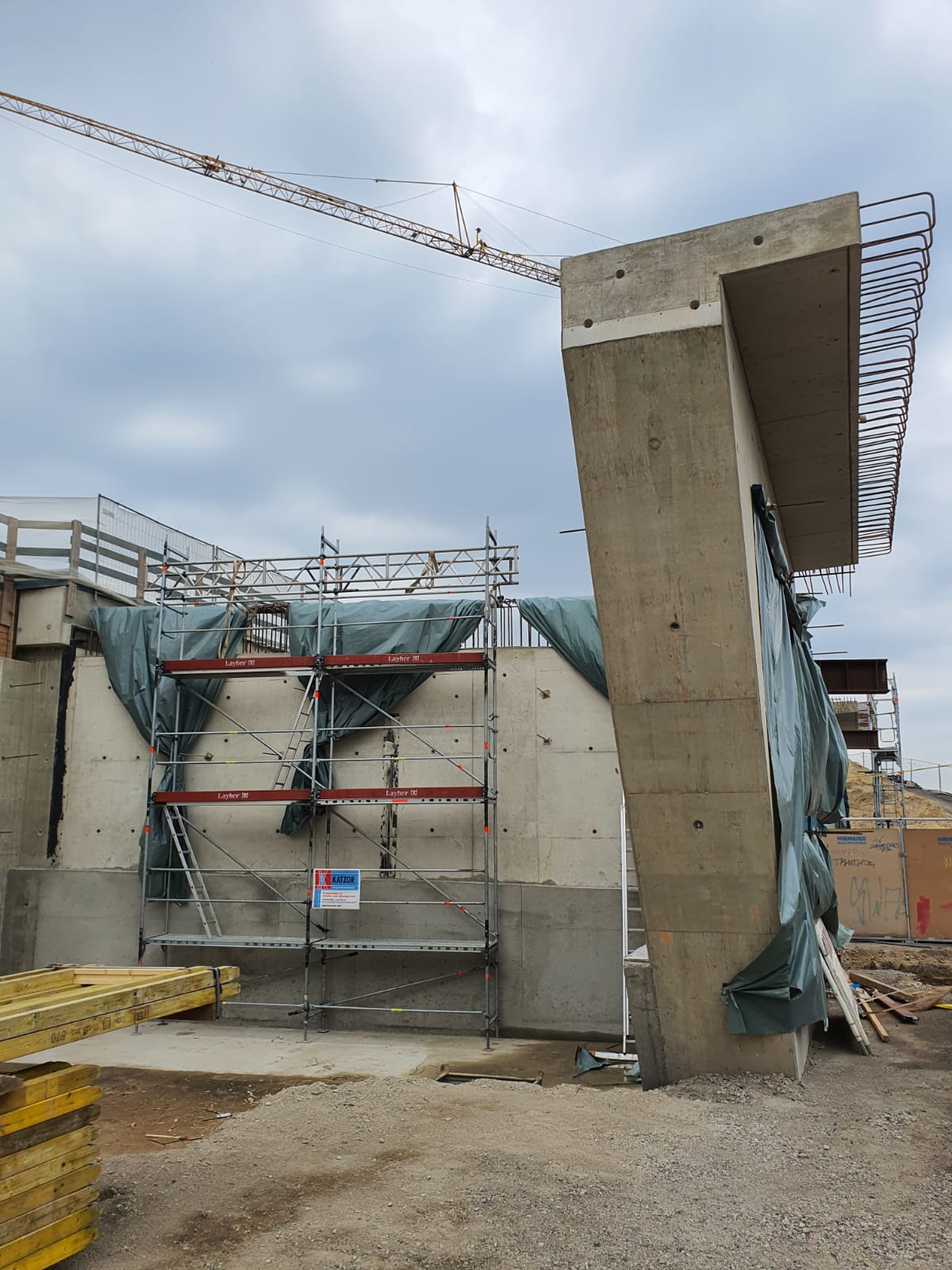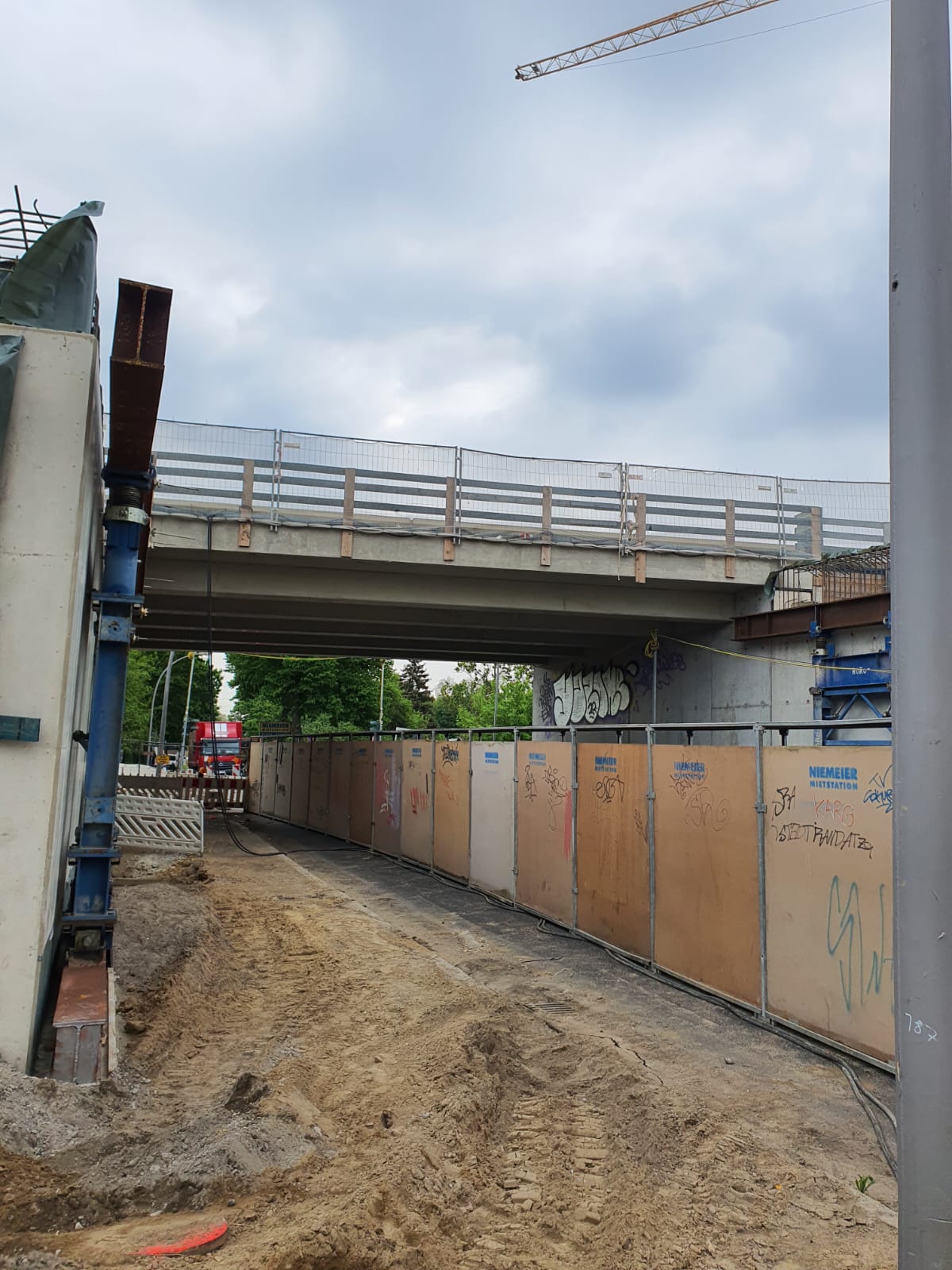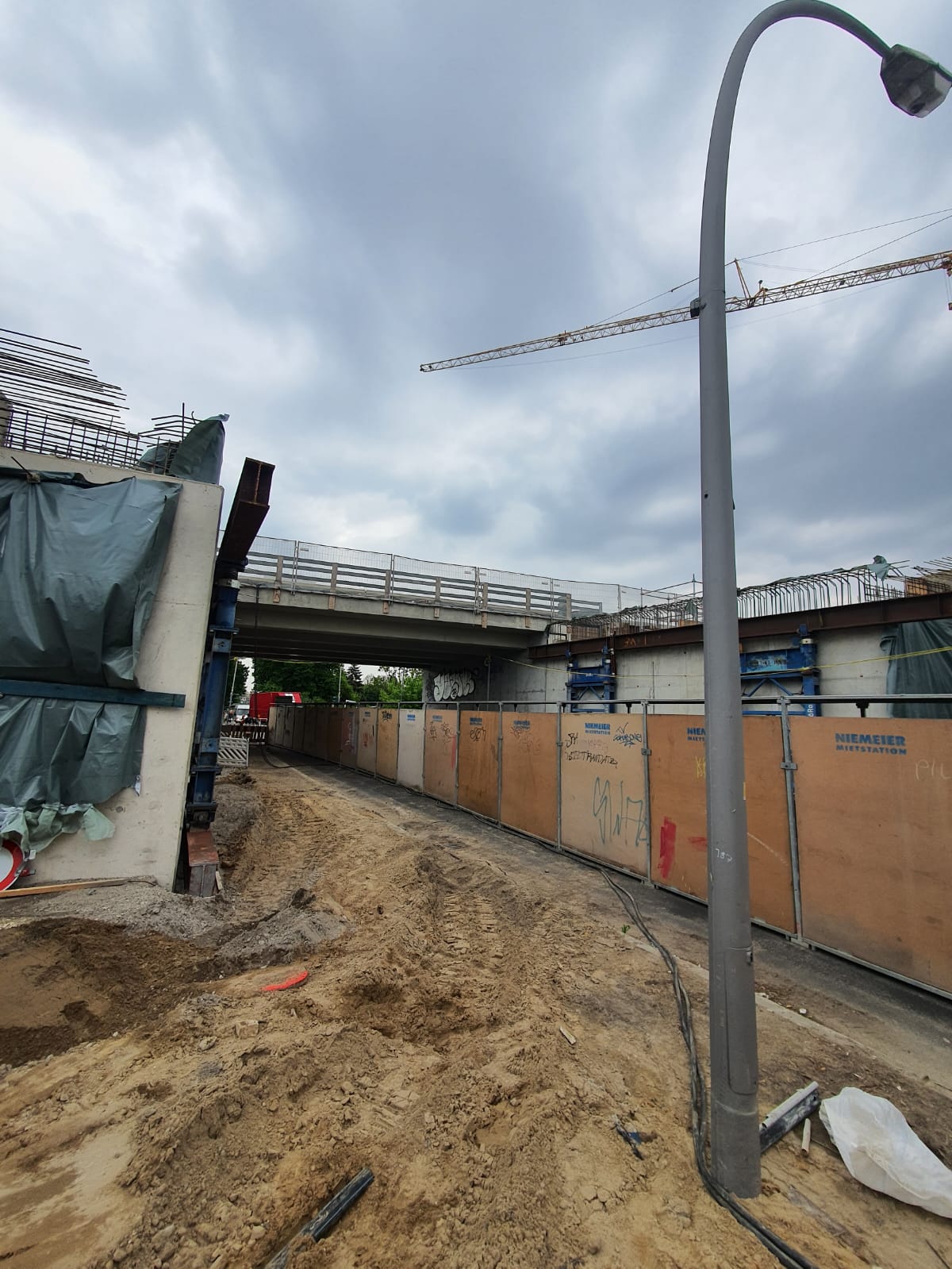Definition
A bridge is a structure used to facilitate the crossing of a communication route (road, railway) over an obstacle (water, valley, other communication routes).
Bridges can be made of concrete, masonry, metal, wood, ropes etc. In principle, the structure of bridges is made of these materials:
- Superstructure – the upper part of the bridge that bears the load of the traffic and it consists of the roadway and the supporting structure that supports the roadway;
- Infrastructure – the part of the bridge that bears the loads of the superstructure and transmits them to the ground; it consists of piles and piers;
- The bridge abutment area – is the area that connects the bridge to the embankment; it consists of wings, quarter cones, connecting plates, drainage system, ramps.
TYPES OF BRIDGES
Fixed bridges
This type of bridge is built in a permanent position. Its height is considered sufficient for all the traffic expected to pass under it.
Suspension bridges
A suspension bridge is a type of bridge in which the deck, the horizontal structure that allows the crossing, is suspended by means of cables or rigid vertical elements from a number of main cables.
Arch bridges
An arch bridge is a fixed bridge whose deck is supported by an arch structure. This structure facilitates to transfer a part of the weight and loads (such as people, cars or trains) in horizontal forces that are counteracted by the vertical structures on both sides.
Mobile bridges
Nowadays, the mobile bridge is basically used as a temporary connection between a ship and the quay of a port in order to allow passengers to embark or to disembark or between a ferry and the mainland to allow vehicles to board or to disembark while the ship is firmly anchored at the quay of the port.
Swing bridge
A swing bridge is a mobile bridge whose main structural support is a vertical positioning pivot and a supporting ring, usually near or at its center of mass, around which it can rotate horizontally, as it can be seen in the animation




